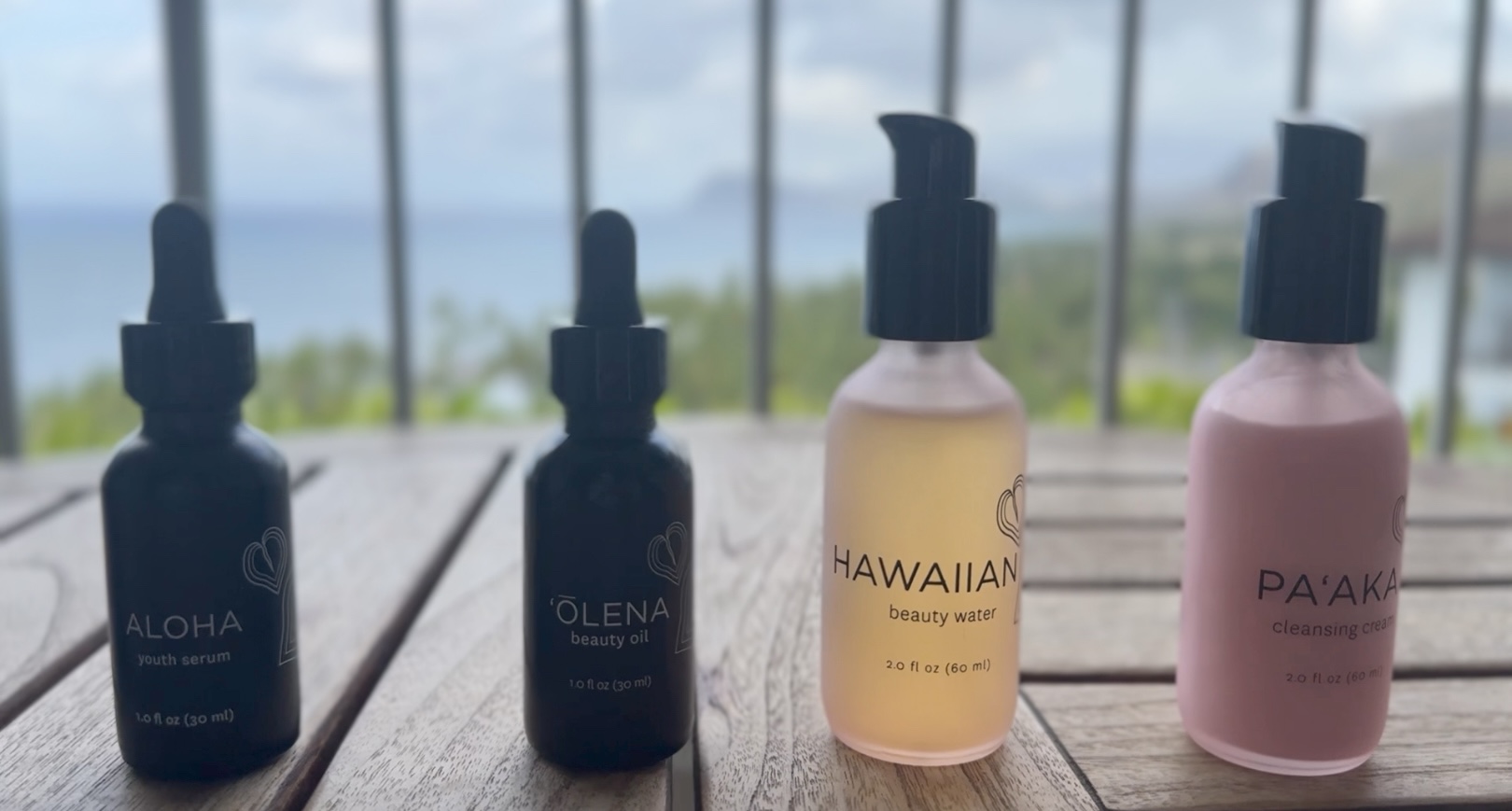By: Zeila Edrial
Seaweed is categorized into different groups:

- Green – Sea lettuce & sea grapes
- Brown – Wakame is the seaweed in your miso soup
- Red – Nori, the kind that holds your sushi roll together
- Blue-green algae – includes spirulina and chlorella – both superfoods that only intensify in nutrients when combined
Dried seaweed is soaked in hot water and rinsed well before it is consumed as a snack.
While many of us might expect that seaweed would have a very particular taste, on the contrary, according to Wellness Mama, some types are sweet and may even have umami flavors!
Benefits of Seaweed
Seaweed is full of antioxidants and vitamins such as vitamin C and vitamin K, according to The Globe And Mail. The vitamin C repairs and regenerates tissues. It also absorbs iron. The vitamin K helps with blood clots, which is necessary to stop excessive bleeding.
This delicious algae also contains omega-3 fatty acids. Vegetarians lacking omega-3 fatty acids in their diet can eat seaweed to make up for the deficiency. And, it is full of calcium, which is great for strong bones! Not to mention, it’s known to lower blood pressure and promote heart health as well.
Seaweed is most known for is its high source of iodine. Many foods lack iodine, so consuming this sea plant can balance that out. Iodine is necessary for a healthy thyroid. A failing thyroid can lead to fatigue, muscle weakness, and high cholesterol.
However, anything in excess can be bad. You shouldn’t consume too much of this marine plant. Too much seaweed can also lead to thyroid problems such as iodine toxicity! But rest assured: On average, the Japanese diet contains around 5g of seaweed daily and iodine in the range of 1,000-3,000µg, which is still safe, and we know that it’s a staple ingredient in the Japanese diet.
Other Seaweed Products and Uses
In addition to the many delicious healthy benefits, seaweed can also be used externally, like for seaweed baths. Heated seawater and seaweed are usually used together in these baths. People who have taken these baths claim that they help treat rheumatism and arthritis, as well as soften the skin, relieve psoriasis, and even reduce cellulite. This practice is especially popular in Ireland.
Seaweed is more common around your home than you think. Alginate, carrageenan, and agar are extracted from seaweed, and are present in everyday items, such as ice cream, toothpaste, and soap. They are also used to thicken sauces, syrups, yogurt, and salad dressings.
Even lotions, serums, and skin creams also contain seaweed. It is an ingredient valuable in the skincare industry because it can be used to cleanse and moisturize. It is also believed to have anti-aging elements. The antioxidants found in the plant definitely help in leaving skin feeling smooth and renewed.
Do you know any other uses for it? Let us know in the comments below!



